How to Mend a Broken Nose: Expert Guide to Diagnosis and Treatment
What are the symptoms of a broken nose. How can you treat a broken nose at home. When should you seek medical attention for a broken nose. What are the professional treatment options for a severe broken nose.
Recognizing the Signs of a Broken Nose
A broken nose, also known as a nasal fracture, is a common injury that can occur due to various accidents or impacts to the face. Identifying the symptoms early is crucial for proper treatment and healing. Here are the key indicators of a broken nose:
- Pain, swelling, and redness around the nose area
- A crunching or crackling sound when touching the nose
- Difficulty breathing through the nose or a feeling of blockage
- Visible change in the shape or alignment of the nose
- Bruising under the eyes, often referred to as “black eyes”
- Cuts on the bridge of the nose or nosebleeds
Is every nose injury a fracture? Not necessarily. While these symptoms are common in broken noses, they can also occur in less severe nasal injuries. However, if you experience multiple symptoms, especially a change in the nose’s shape or persistent breathing difficulties, it’s essential to consider the possibility of a fracture.

Home Treatment for a Broken Nose
In many cases, a broken nose can be treated at home, especially if it’s a minor fracture without severe displacement. The healing process typically takes about three weeks. Here are some effective home treatment methods:
- Apply an ice pack wrapped in a towel to the nose for up to 15 minutes, several times a day
- Take over-the-counter pain relievers like paracetamol to manage pain
- For nosebleeds, sit upright, lean forward, and pinch the nose above the nostrils for up to 15 minutes
- Elevate your head with extra pillows when lying down to reduce swelling
- Clean and care for any small cuts on the nose following proper wound care guidelines
Can you straighten a broken nose at home? Attempting to realign a broken nose yourself is strongly discouraged. This should only be done by a medical professional to avoid further injury or complications.
Important Don’ts During Home Treatment
- Avoid trying to straighten the nose yourself if its shape has changed
- Don’t wear glasses until the swelling subsides, unless absolutely necessary
- Refrain from picking or blowing your nose until it’s healed
- Avoid strenuous exercise for the first two weeks
- Stay away from contact sports for at least six weeks
When to Seek Medical Attention
While many broken noses can heal on their own, certain situations require professional medical intervention. It’s crucial to recognize these scenarios to ensure proper healing and prevent complications.

Should you visit a minor injuries unit or see a GP if your nose remains crooked after the injury? Yes, this is advisable, along with the following situations:
- The swelling hasn’t started to subside after 3 days
- Pain persists despite taking over-the-counter painkillers
- Breathing difficulties continue after the swelling has gone down
- You’re experiencing frequent nosebleeds
- You have a high fever or feel hot and shivery
Are there emergency situations that require immediate medical attention? Absolutely. Call emergency services or go to the nearest emergency department if you experience:
- A nosebleed that won’t stop
- A large cut or open wound on your nose or face
- Clear, watery fluid trickling from your nose (possible sign of a serious head injury)
- Severe headache with blurred or double vision
- Eye pain and double vision
- Neck pain or stiffness with numbness or tingling in your arms
- A purple swelling inside your nose that’s painful or obstructs breathing
- Other symptoms of a severe head injury, such as loss of consciousness or difficulty speaking
Professional Treatment Options for Severe Broken Noses
In cases of severe nasal fractures or when the nose’s shape has significantly changed, professional medical treatment may be necessary. The approach to treatment can vary depending on the severity and nature of the injury.
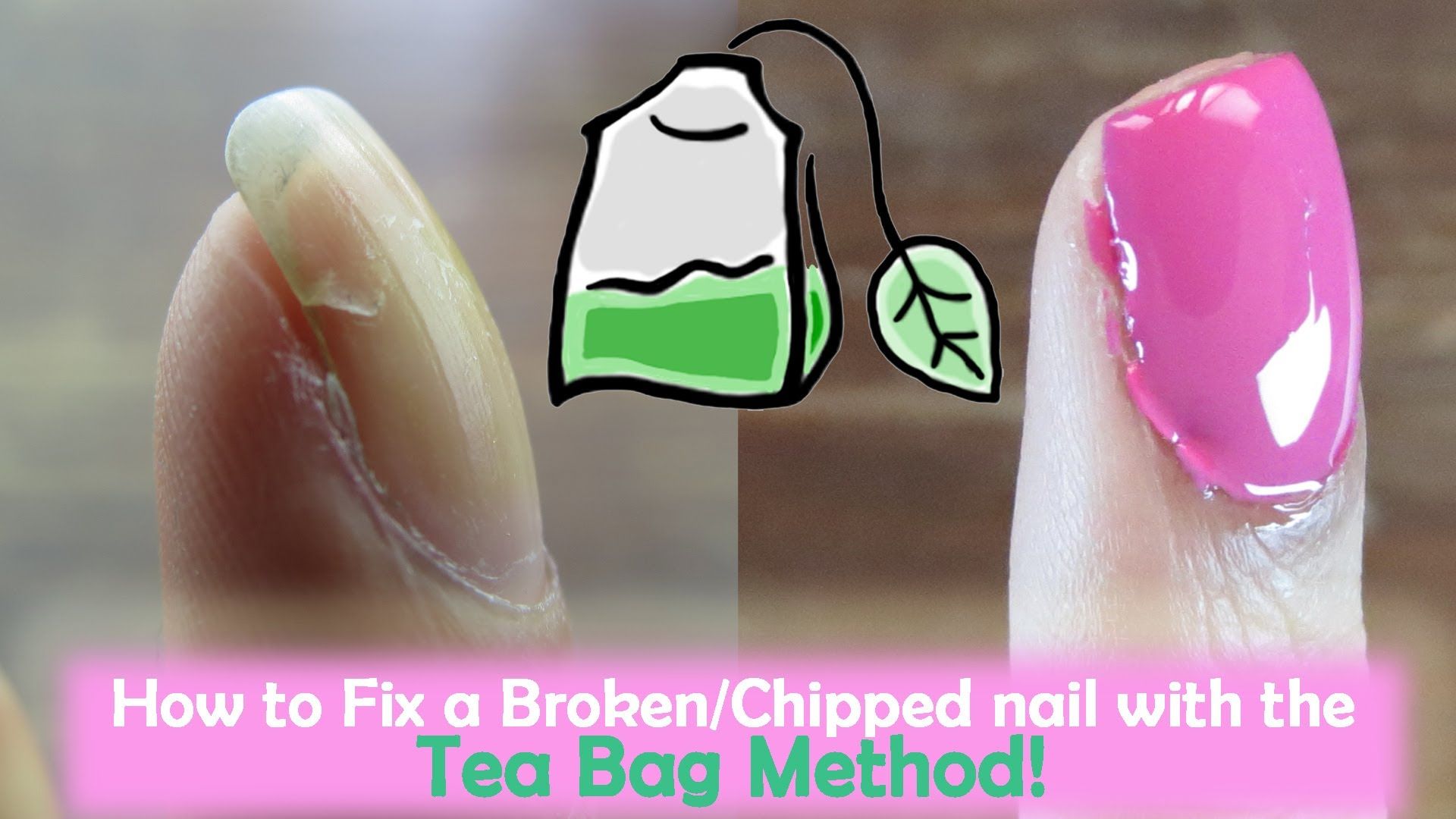
GP-Prescribed Treatment
If over-the-counter pain relievers aren’t sufficient, a GP might prescribe stronger painkillers to manage discomfort. In cases of severe fractures or noticeable shape changes, the GP may refer you to a specialist for further assessment and treatment.
Hospital-Based Treatments
For more serious cases, hospital treatment may be required. The main procedures include:
- Nasal Manipulation: This procedure aims to realign the nose to its original shape. It’s typically performed within 14 days of the injury, after the initial swelling has subsided. The procedure is done under anesthesia, either local or general, to ensure comfort.
- Wound Treatment: For large wounds accompanying the nasal fracture, cleaning and sealing with stitches or strips may be necessary.
- Nasal Packing: In cases of persistent nosebleeds, a doctor may place a soft gauze pad in the nose. This pad is typically removed by the doctor after a few days.
Does nasal manipulation guarantee a perfect restoration of the nose’s original appearance? While it often helps improve the nose’s alignment, it may not always restore the exact pre-injury appearance. The effectiveness can vary depending on the severity of the fracture and individual healing factors.

Long-Term Care and Recovery
Proper care during the recovery period is crucial for optimal healing and to prevent complications. Here are some key aspects of long-term care:
- Follow-up appointments: Attend all scheduled follow-ups with your healthcare provider to monitor healing progress.
- Gradual return to activities: Slowly reintroduce normal activities as advised by your doctor, particularly for sports and physical exercises.
- Nasal care: Continue to be gentle with your nose, avoiding any unnecessary pressure or impact.
- Scar management: If you had any cuts or wounds, follow proper scar care instructions to minimize visible scarring.
How long does it take for a broken nose to fully heal? While initial healing occurs within 3 weeks, complete recovery, including the resolution of all symptoms and return to full activities, can take up to 6 weeks or more, depending on the severity of the injury.
Potential Complications and When to Worry
While most broken noses heal without issues, it’s important to be aware of potential complications that may arise:

- Septal hematoma: A collection of blood in the nasal septum that can lead to cartilage damage if left untreated.
- Persistent deformity: In some cases, the nose may not return to its original shape, potentially requiring cosmetic surgery.
- Breathing difficulties: Ongoing problems with nasal breathing may indicate a need for further medical intervention.
- Chronic sinusitis: Damage to the nasal passages can sometimes lead to recurrent sinus infections.
Should you be concerned if you experience ongoing symptoms weeks after the injury? Yes, if you notice persistent pain, breathing difficulties, or changes in your sense of smell, it’s advisable to consult your healthcare provider for a reassessment.
Prevention Strategies for Nasal Injuries
While not all nasal injuries can be prevented, certain measures can significantly reduce the risk:
- Wear appropriate protective gear during sports and high-risk activities.
- Use seatbelts and ensure proper airbag function in vehicles.
- Implement safety measures in the home to prevent falls, especially for children and the elderly.
- Be cautious in potentially hazardous environments, such as construction sites or during recreational activities.
Can lifestyle changes help prevent nasal injuries? Absolutely. Maintaining good overall health, staying alert, and avoiding situations that increase the risk of facial injuries can all contribute to prevention.

Understanding the Impact of Nasal Fractures on Overall Health
A broken nose isn’t just a cosmetic concern; it can have broader implications for your health and well-being:
- Respiratory function: Changes in nasal structure can affect breathing patterns and efficiency.
- Sleep quality: Nasal obstruction from a fracture can contribute to snoring and sleep apnea.
- Sinus health: Alterations in nasal anatomy can impact sinus drainage and increase the risk of infections.
- Psychological effects: Visible changes to facial appearance can sometimes affect self-esteem and social interactions.
Is it possible for a broken nose to have long-term health effects? While most nasal fractures heal without lasting impact, severe injuries or those left untreated can indeed lead to chronic issues with breathing, sinus function, or facial aesthetics.
The Role of Follow-Up Care
Regular follow-up care plays a crucial role in ensuring proper healing and addressing any emerging issues:
- Monitoring healing progress and identifying any delays or complications
- Assessing the need for additional treatments or interventions
- Providing guidance on returning to normal activities and sports
- Addressing any cosmetic concerns that may arise during the healing process
How often should you have follow-up appointments after a nasal fracture? This can vary based on the severity of the injury and individual healing progress, but typically, at least one follow-up within 1-2 weeks of the injury is recommended, with additional appointments as needed.

Advances in Nasal Fracture Treatment
The field of nasal fracture treatment is continually evolving, with new techniques and technologies emerging to improve outcomes:
- Minimally invasive procedures for realignment
- Advanced imaging techniques for more accurate diagnosis and treatment planning
- Innovative materials for nasal splints and supports
- Regenerative medicine approaches to enhance healing
Are there new treatments on the horizon for nasal fractures? Research is ongoing in areas such as tissue engineering and 3D printing for customized nasal implants, which could revolutionize treatment for complex cases in the future.
The Importance of Personalized Treatment Plans
Every nasal fracture is unique, and treatment should be tailored to the individual’s specific injury, overall health, and personal goals. Factors that influence the treatment approach include:
- The severity and location of the fracture
- The presence of additional facial injuries
- The patient’s age and overall health status
- Any pre-existing nasal or sinus conditions
- The patient’s aesthetic concerns and expectations
Why is a one-size-fits-all approach not suitable for nasal fracture treatment? The complexity of nasal anatomy and the variability in fracture patterns mean that personalized care is essential for optimal outcomes in both function and appearance.
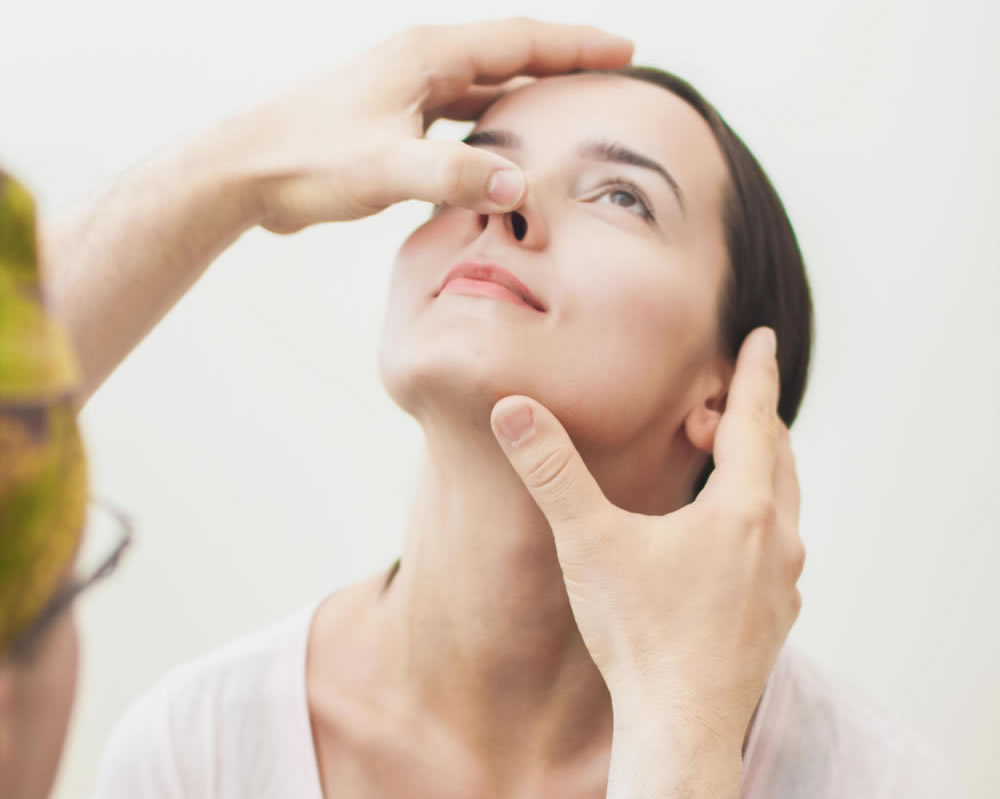
Emotional and Psychological Aspects of Nasal Injuries
The impact of a broken nose extends beyond physical symptoms. Many individuals experience emotional and psychological effects, which are important to address as part of comprehensive care:
- Anxiety about appearance changes
- Stress related to the injury and recovery process
- Concerns about long-term effects on breathing or facial aesthetics
- Potential trauma from the incident causing the injury
How can patients cope with the emotional impact of a nasal fracture? Seeking support from friends, family, or professional counselors can be beneficial. Additionally, open communication with healthcare providers about concerns and expectations is crucial for overall well-being during recovery.
The Role of Patient Education
Educating patients about their injury, treatment options, and recovery process is vital for several reasons:
- It empowers patients to make informed decisions about their care
- It helps set realistic expectations for recovery and outcomes
- It improves compliance with treatment plans and follow-up care
- It reduces anxiety by providing clear information about what to expect
What are effective ways to educate patients about nasal fractures? Utilizing a combination of verbal explanations, written materials, visual aids, and even digital resources can help ensure patients have a comprehensive understanding of their condition and treatment.
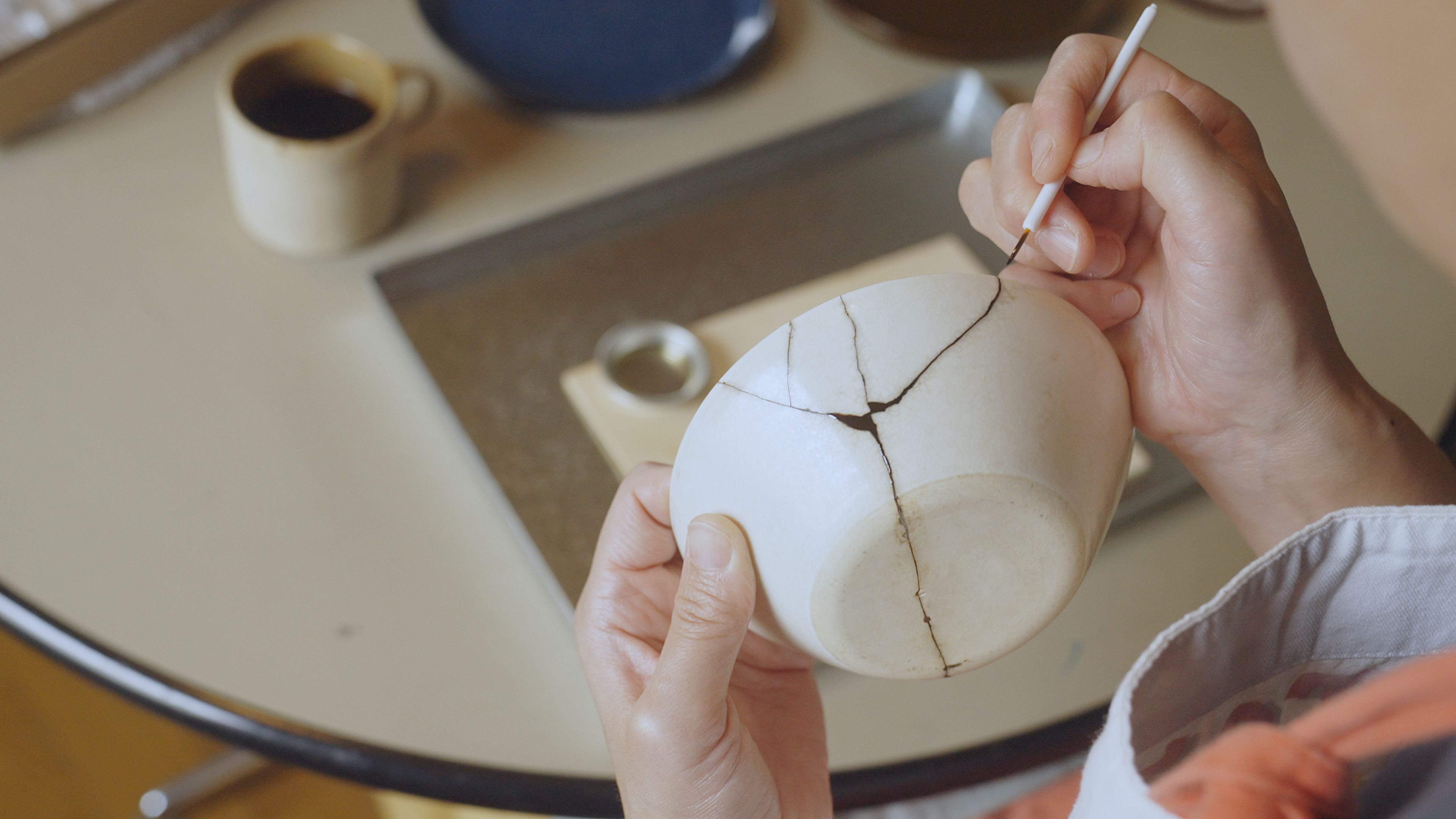
Integrating Nasal Fracture Care with Overall Health Management
Managing a nasal fracture should be viewed as part of overall health care, not just as an isolated injury. This integrated approach considers:
- The impact of the injury on breathing and sleep quality
- Potential effects on sinus health and allergies
- Interactions with other medical conditions or medications
- The need for lifestyle modifications during recovery
How can patients ensure their nasal fracture treatment aligns with their overall health needs? Open communication with all healthcare providers involved in your care is key. Inform your primary care physician about the injury and any treatments, and discuss any concerns about how it might affect other aspects of your health.
Long-Term Monitoring and Care
Even after the initial healing period, ongoing attention to nasal health is important:
- Regular check-ups to assess long-term healing and function
- Monitoring for any delayed complications or structural changes
- Addressing any persistent breathing or sinus issues
- Considering cosmetic concerns that may arise over time
Is there a need for long-term follow-up after a nasal fracture has healed? While not always necessary, some individuals may benefit from periodic assessments, especially if they experience any changes in nasal function or appearance over time.

Understanding the complexities of nasal fractures and their treatment is crucial for anyone who has experienced this injury or is caring for someone who has. By recognizing the symptoms, knowing when to seek medical attention, and following proper care guidelines, most individuals can expect a full recovery from a broken nose. Remember, each case is unique, and personalized care under the guidance of healthcare professionals is key to achieving the best possible outcome.
Broken nose – NHS
A broken nose usually heals on its own within 3 weeks. Get medical help if it’s not getting better or your nose has changed shape.
Check if it’s a broken nose
Symptoms of a broken nose may include:
- pain, swelling and redness
- a crunching or crackling sound when you touch your nose
- difficulty breathing through your nose – it might feel blocked
- your nose changing shape – for example, it’s not as straight as before
You may also have:
Bruising under your eyes (black eyes)
Credit:
DR P. MARAZZI/SCIENCE PHOTO LIBRARY https://www.sciencephoto.com/media/264194/view
A cut on the bridge of your nose, or a nosebleed
Credit:
DR P. MARAZZI/SCIENCE PHOTO LIBRARY https://www.sciencephoto.com/media/97267/view
How to treat a broken nose yourself
You can usually treat a broken nose yourself. It should start getting better within 3 days and be fully healed within 3 weeks.
It should start getting better within 3 days and be fully healed within 3 weeks.
Do
hold an ice pack (or bag of frozen peas) wrapped in a tea towel on your nose for up to 15 minutes, several times a day
take paracetamol to relieve pain
treat nosebleeds by sitting or standing upright and leaning forward – if possible, pinch your nose above the nostrils for up to 15 minutes
keep your head upright when lying in bed by adding more pillows – this will help to reduce swelling
read how to treat minor cuts and grazes – if you have a small cut on your nose
Don’t
do not try to straighten your nose yourself if it’s changed shape – go to a minor injuries unit or see a GP instead
do not wear glasses until the swelling has gone down, unless you need them
do not pick or blow your nose until it’s healed
do not do strenuous exercise for the first 2 weeks
do not play sports for at least 6 weeks if there’s a chance your face might be hit
Non-urgent advice: Go to a minor injuries unit or see a GP if:
- your nose is crooked (not straight) after the injury
- the swelling has not started to go down after 3 days
- painkillers are not helping
- you’re still finding it difficult to breathe through your nose after the swelling has gone
- you’re having regular nosebleeds
- you have a very high temperature (or you feel hot and shivery)
Find a minor injuries unit
Immediate action required: Call 999 or go to A&E if you have a broken nose and:
- a nosebleed that will not stop
- a large cut or open wound on your nose or face, or something in the wound, such as glass
- clear, watery fluid trickling from your nose – this could be a sign of a serious head injury
- a severe headache with blurred or double vision
- eye pain and double vision
- neck pain or a stiff neck with numbness or tingling in your arms
- a purple swelling inside your nose – it may be painful or block your breathing
- other symptoms of a severe head injury – such as collapsing (passing out) or difficulty speaking
Treatment from a GP
A GP might prescribe stronger painkillers if paracetamol is not helping.
If you have a severe broken nose or it’s changed shape, you may be referred to a specialist in hospital for assessment and treatment.
Treating a severe broken nose in hospital
If your nose has changed shape
A doctor in hospital may be able to make your nose straighter using a procedure called manipulation.
You might have to go home and wait a few days for the swelling to go down first, but the procedure should be done within 14 days of you breaking your nose.
Manipulation is done using anaesthetic so that you’re asleep or your nose is numbed. It does not always make your nose look exactly the same as it was before, but it often helps.
If you have a large wound
The wound will usually be cleaned and sealed with stitches or strips in hospital.
If your nose will not stop bleeding
A doctor may place a soft gauze pad in your nose. The pad will be removed by the doctor a few days later.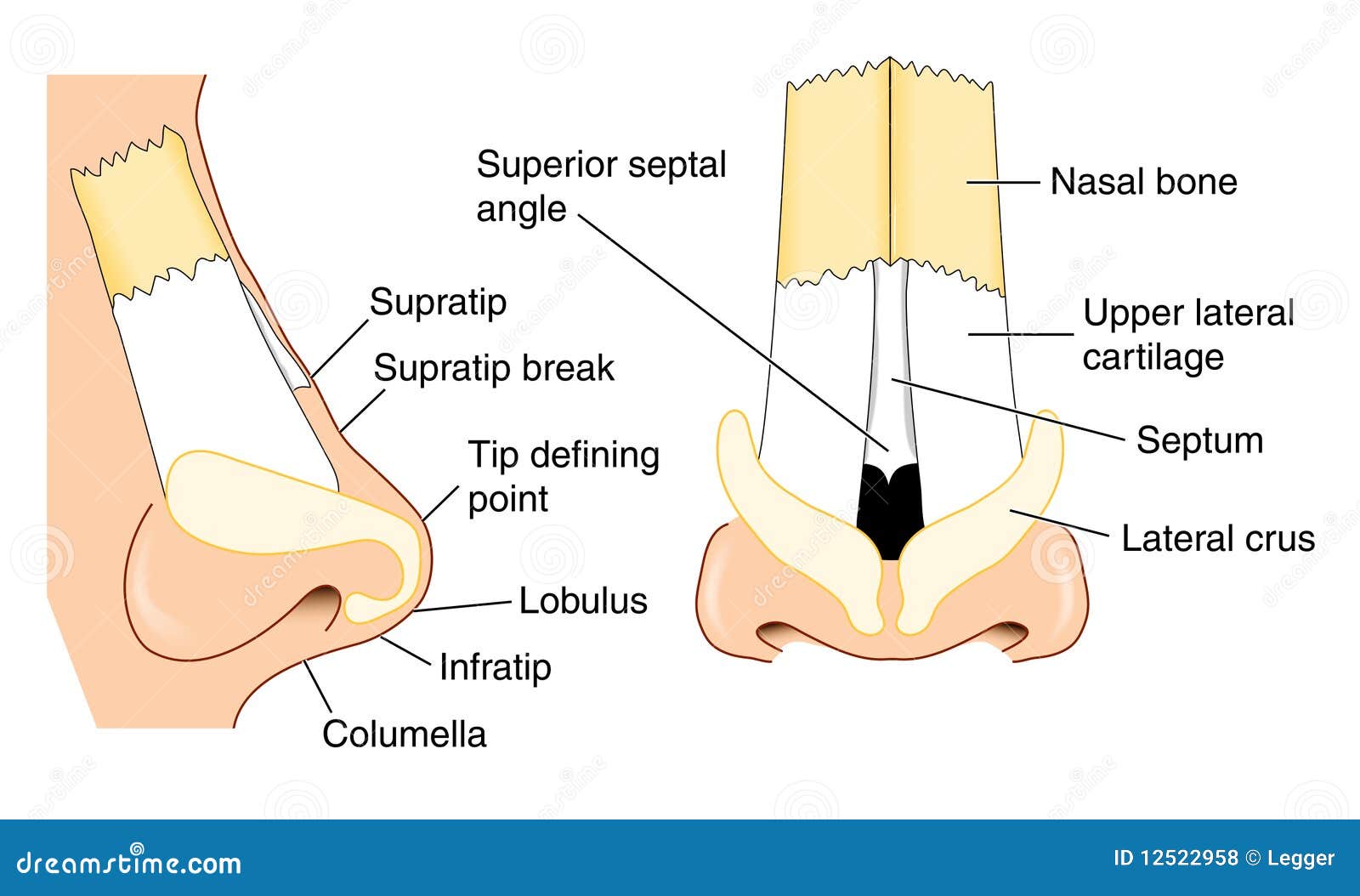
Page last reviewed: 16 November 2020
Next review due: 16 November 2023
Broken Nose: Symptoms, Treatment, and Prevention
We include products we think are useful for our readers. If you buy through links on this page, we may earn a small commission Here’s our process.
Healthline only shows you brands and products that we stand behind.
Our team thoroughly researches and evaluates the recommendations we make on our site. To establish that the product manufacturers addressed safety and efficacy standards, we:
- Evaluate ingredients and composition: Do they have the potential to cause harm?
- Fact-check all health claims: Do they align with the current body of scientific evidence?
- Assess the brand: Does it operate with integrity and adhere to industry best practices?
We do the research so you can find trusted products for your health and wellness.
Read more about our vetting process.
Was this helpful?
Overview
A broken nose, also called a nasal fracture or nose fracture, is a break or crack in the bone or cartilage of your nose. These breaks typically occur over the bridge of the nose or in the septum, which is the area that divides your nostrils.
A sudden impact to your nose is the most common cause of a break. Broken noses often occur with other facial or neck injuries. Common causes of broken noses include:
- walking into a wall
- falling down
- getting hit in the nose during a contact sport
- motor vehicle accidents
- getting punched or kicked in the nose
The symptoms of a broken nose include:
- pain in or around your nose
- a bent or crooked nose
- a swollen nose or swelling around your nose, which can cause your nose to look bent or crooked even if it’s not broken
- bleeding from your nose
- a stuffy nose that won’t drain, which can mean your nasal passages are blocked
- bruising around your nose and eyes, which usually disappears after two or three days
- a rubbing or grating sound or feeling when you move your nose
Symptoms requiring immediate medical treatment
Call 911 or seek immediate medical treatment if you break your nose and have any of the following symptoms:
- Your nose is bleeding heavily and won’t stop.

- You have clear fluid draining from your nose.
- You are having difficulty breathing.
- Your nose looks crooked or misshapen. (Don’t try to straighten your nose yourself.)
If you suspect you have a head or neck injury, avoid moving to prevent further damage.
Accidents can happen to anyone, so everyone has a risk of experiencing a broken nose at some point in their lives. Certain activities, however, can increase your risk of a nasal fracture.
People who participate in most contact sports are at increased risk for a broken nose. Some contact sports include:
- basketball
- boxing
- football
- hockey
- martial arts
- soccer
Other activities that can put you at risk include:
- being involved in a physical altercation
- riding in a motor vehicle, especially if you don’t wear a seat belt
- riding a bicycle
- skiing and snowboarding
Groups at higher risk
Some groups are automatically at a higher risk for a broken nose, regardless of their participation in sports or other physical activities.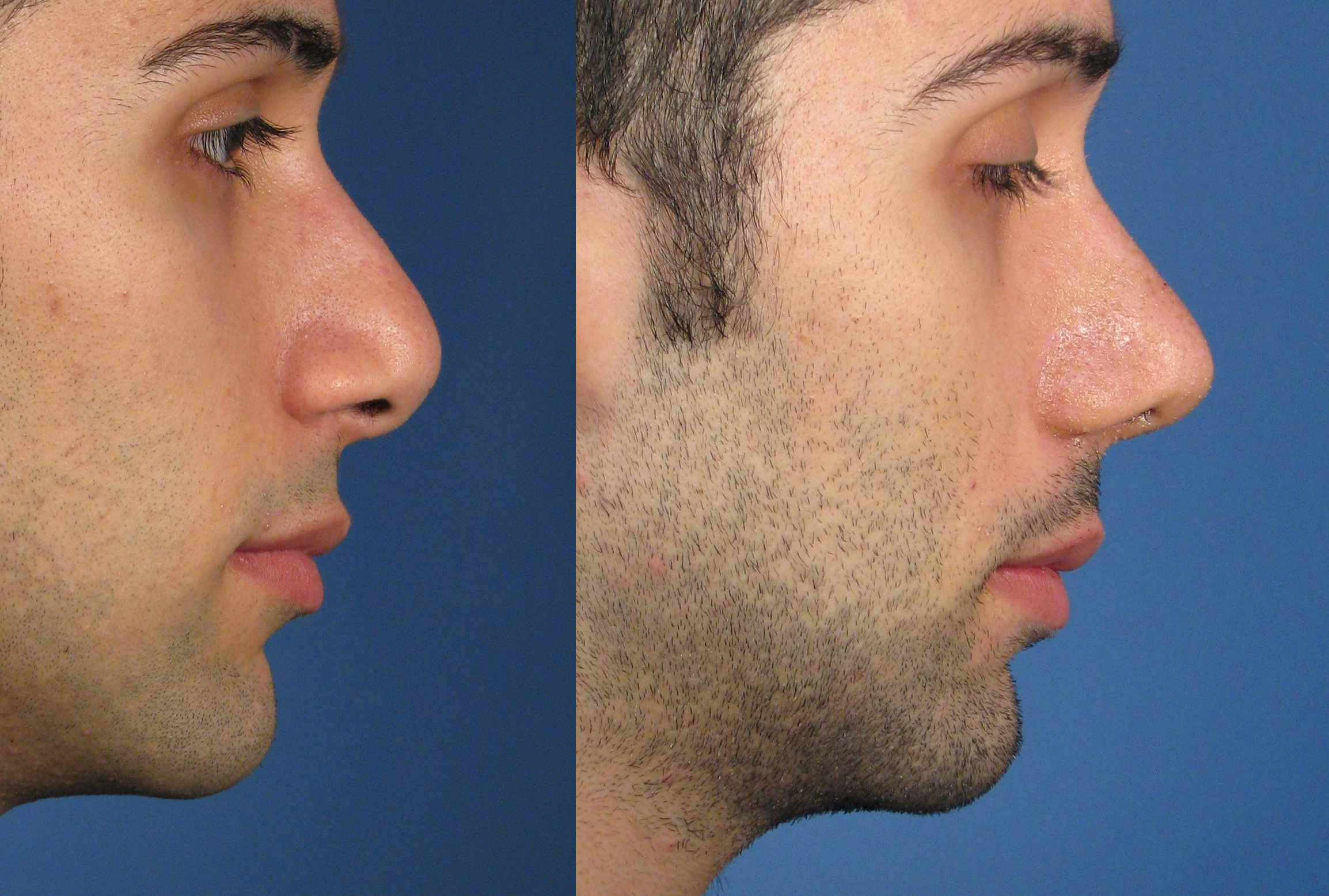 They are children and older adults. Bone health is a particular concern for both groups, and falls are also common among them.
They are children and older adults. Bone health is a particular concern for both groups, and falls are also common among them.
Children are at a higher risk for nose fractures, as they’re still building bone mass. Toddlers and young children are particularly vulnerable.
The proper gear should always be worn during contact sports and physical activities.
Your doctor can usually diagnose a broken nose by performing a physical examination. This involves looking at and touching your nose and face. If you have a lot of pain, your doctor may apply a local anesthetic to numb your nose before the physical examination.
Your doctor may ask you to return in two or three days once the swelling has gone down and it’s easier to view your injuries. If your nose injury appears to be severe or is accompanied by other facial injuries, your doctor may order an X-ray or CT scan. They can help determine the extent of the damage to your nose and face.
Depending on your symptoms, you may need immediate medical treatment or you may be able to perform first aid at home and see a doctor at your convenience.
First aid at home
If you don’t have symptoms that warrant immediate medical treatment, there are a few things you can do at home before seeing your doctor:
- If your nose is bleeding, sit down and lean forward while breathing through your mouth. This way, the blood doesn’t drain down your throat.
- If you’re not bleeding, elevate your head to reduce throbbing pain.
- To reduce swelling, apply a cold compress or ice wrapped in a washcloth to your nose for 15 to 20 minutes, three or four times a day.
- Take acetaminophen (Tylenol) or ibuprofen (Advil, Motrin) to relieve pain.
It’s ideal if facial trauma is evaluated immediately to fully assess the extent of injuries. People often don’t realize all of the structures that can be affected by facial injury and a broken nose. It’s easier to fix a broken or fractured nose within one to two weeks of the injury. After an injury to your nose, it’s also important that your doctor check the septum (the dividing space inside your nose) for damage. Blood can pool in the septum, a situation that requires urgent treatment.
Blood can pool in the septum, a situation that requires urgent treatment.
Medical treatment
Not all broken noses require extensive treatment. If your injuries are severe enough, your doctor may do one of the following:
- pack your nose with gauze and possibly place a splint on it
- prescribe pain medication and possibly antibiotics
- perform a closed reduction surgery, in which your doctor gives you a local anesthetic to numb your nose and manually realigns it
- perform a rhinoplasty, which is a surgery to realign your nose
- perform a septorhinoplasty, which is a surgery to repair your nasal septum
Closed reduction, rhinoplasty, and septorhinoplasty aren’t usually performed until three to 10 days after your injury, after the swelling goes down.
Medical treatment may not be necessary when only minor fractures with no misalignment are present. However, assessment by a doctor is always needed so they can determine if and what treatment is appropriate. Moderate to severe injuries may require surgery.
Moderate to severe injuries may require surgery.
Surgery should happen within 14 days of injury, and pain and discomfort from the surgery should start to decrease within 72 hours of the procedure.
Different medical treatments will vary in costs, affected by factors including the extent of treatment and your insurance. If caused by an injury, rhinoplasty is covered under most insurance policies, as are diagnostic expenses such as X-rays and examinations with a doctor.
You can take these precautions to reduce the risk of a broken nose:
- Wear shoes with good traction to prevent falls.
- During contact sports, wear protective face gear to prevent injuries to your nose.
- Wear a helmet when riding a bike, operating a motorcycle, skateboarding, skiing, or snowboarding.
- Wear your seatbelt while riding in a motor vehicle, and make sure children are properly restrained.
Your broken nose will most likely heal without any problems. If you’re unhappy with the way your nose looks after it heals or if you’re having difficulty breathing normally, reconstructive nose surgery is an option.
If you’re unhappy with the way your nose looks after it heals or if you’re having difficulty breathing normally, reconstructive nose surgery is an option.
Q:
My growing child is very active and often falls down. How concerned should I be about broken noses?
Anonymous patient
A:
A broken nose can happen with any traumatic injury to the face. Safe play areas can limit injuries due to falls. Here are some tips for creating safe play spaces for children:
- Make your home kid-friendly by using safety gates for stairs, covering sharp corners of furniture, eliminating throw rugs, and properly anchoring bookshelves and large cabinets to walls.
- Ensure children have properly fitting footwear to limit tripping.
- Caution children about running on slippery or wet surfaces.
- Encourage bare feet rather than socks when playing indoors.
- Encourage play on natural surfaces like grass and sand.

Judith Marcin, MDAnswers represent the opinions of our medical experts. All content is strictly informational and should not be considered medical advice.
Was this helpful?
Alexander Kuznetsov: “Stress and shame became my magic kick”
The actor, who gained popularity in Russia and abroad, told KinoReporter about how he broke his nose, which became part of his image, about his debut in French cinema and obsession.
Alexander Kuznetsov celebrates his 30th birthday on July 22. One of the most promising Russian actors, who boldly conquered foreign cinema, played in the sensational debut of Kirill Sokolov, whose film “Daddy, die!” Western critics compared it to the works of Quentin Tarantino, appeared in the magical franchise Fantastic Beasts and reincarnated as a prince in the future epic The Heart of Parma. By the important date, KinoReporter publishes an interview with a talented actor.
In winter, the first international project for you, My Legionnaire, was released. Do you know french?
Do you know french?
– When they approved for the role, I did not know a word – I just learned all my text. And they decided that I knew the language. It was embarrassing to admit otherwise, and learning French urgently did not frighten me. Then I had to paste over the apartment with stickers with the names of the switch, towel, refrigerator, table, chair, cup. So I taught. But failed at the first rehearsal. During pre-production, we had tactical training in the fields of Toulouse. Night raid, swamp, pitch darkness, wild cold, we must free some hostage, working in groups. And I’m a connected group with an earpiece in my ear. Negotiations in military French at wild speed – I almost burst into tears. As a result, my group was simply ignored, because the only thing I answered was Rouge Alpha, répéter (“Alpha Squad, repeat”). Stress and embarrassment became my magic kick in learning the language, so it went like clockwork from there.
Tell us briefly what is this movie about?
– Military drama about a foreign French legion.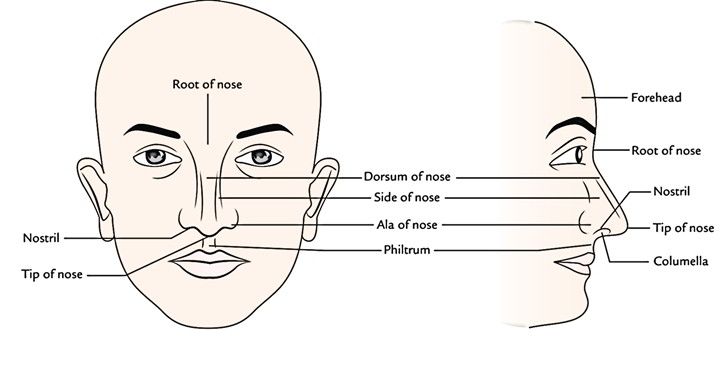 Director – Rachel Lang, partners – Louis Garrel and Camille Cottin.
Director – Rachel Lang, partners – Louis Garrel and Camille Cottin.
There is an opinion that Alexander Kuznetsov will soon displace Alexander Petrov from the podium of the number one actor. Does it flatter you?
– I don’t care. I have great respect for Sasha, and we work in different fields. And most likely it always will be. We have different goals and different chessboards. I have never starred in mass money projects, always in the arthouse. Now I will have a couple of projects at the intersection of auteur and commercial cinema. But it is unlikely that with my broken nose, negative charm and character, I will ever be the number one hero that the Russian mass audience needs. And that suits me.
An unusual nose is already part of your image. How did you break it?
– Broke several times. First in a fight with my friend named Jesus. He had long hair, a black coat, and he stole expensive books from bookstores – he took them out because he liked beautiful covers. Once we had a fight at the rehearsal of the play, I unsuccessfully dodged. The second time my ex-girlfriend broke it for me: when you kiss, you know, the noses are pressed, and she pulled me too sharply. And after the first fracture, the nose breaks quite easily. But, oddly enough, during the tests, problems due to the nose never arose, although I was assured that with such a profile, only the roles of criminals await me.
He had long hair, a black coat, and he stole expensive books from bookstores – he took them out because he liked beautiful covers. Once we had a fight at the rehearsal of the play, I unsuccessfully dodged. The second time my ex-girlfriend broke it for me: when you kiss, you know, the noses are pressed, and she pulled me too sharply. And after the first fracture, the nose breaks quite easily. But, oddly enough, during the tests, problems due to the nose never arose, although I was assured that with such a profile, only the roles of criminals await me.
Did you think about correcting your nose?
– Of course, it needs to be corrected, I will definitely do it. It’s just really hard to find the time right now.
Photo: Ekaterina Gudina
By the way, how do your colleagues survive your fame? You literally became one of the top actors in just a year.
– I don’t know, I’m focused on other things. Of course, as always and with everyone, now people are much more likely to try to use me, but I’m probably too naive to track it down. And yes, I don’t care, to be honest. The primary job of the film industry is to make good movies and make the world a better place, not relationships. This is what the yellow press does.
Of course, as always and with everyone, now people are much more likely to try to use me, but I’m probably too naive to track it down. And yes, I don’t care, to be honest. The primary job of the film industry is to make good movies and make the world a better place, not relationships. This is what the yellow press does.
Your movie character is usually a vulnerable and tough guy. Are these traits a criterion for you when choosing roles?
– That’s right. In terms of choosing roles, the value system of Ryan Gosling and Joaquin Phoenix is close to me. I am absolutely not interested in cowards, traitors and filth – I will never play them. If I am playing a negative character, then he must have convictions. He is a demon who wants to plunge the whole world into darkness for a reason, but because of the crazy pain inside. I don’t want to play with little people. They tell me: “Sasha, not in every film you will play the greats.” That’s not the point. A big person can also be a subway train driver.
A big person can also be a subway train driver.
In “The Heart of Parma” you play Prince Mikhail – 8 months in godforsaken places, an incredible number of changes … Do you think this film is worth it?
– Whatever I choose is always worth it. I never went into a project for money. The Heart of Parma is a very important film for me, in its purest form, Kingdom of Heaven by Ridley Scott. And my character is an absolutely clear hero for me. Prince Michael is a reflective pacifist who tries to reconcile all the people around him, to unite paganism and Christianity. And who is brought to the point where he shaves his head, takes a sword and a half and begins to destroy everything around. But he does it out of love. And it is very important that this movie will be here, in Russia. There are no similar films in modern Russian cinema, and a good, long, tough battle has never been filmed. In “The Heart of Parma” we have a chance to make the biggest massacre in Russian cinema and the most psychologically difficult. We had active training: every morning combat training in the ranks, with spears, on horseback, and I’m scared to death of them. And the fact that I had to leave for a long time was only a thrill for me – I really like hard, cold, Jack-London expeditions.
In “The Heart of Parma” we have a chance to make the biggest massacre in Russian cinema and the most psychologically difficult. We had active training: every morning combat training in the ranks, with spears, on horseback, and I’m scared to death of them. And the fact that I had to leave for a long time was only a thrill for me – I really like hard, cold, Jack-London expeditions.
By the way, you have said more than once that, despite such success in the cinema, you are first of all a musician and only then an actor. Seriously?
– That’s right. My band is called Space Punk Industry, it’s heavy Britpop, a mixture of punk, Britpop and alternative. The most important thing in my life is music, and in the end it will be so. The only problem is time. You have to dedicate your life to the work of your life. Now I already call myself a fake musician, because I often talk about my music and album, but I still can’t finish it and release it. You have to live it, and not resort to the studio for an hour between shootings.
At our Advance award ceremony, you said that you are a punk esthete at heart. How is it shown?
— I can’t stomach pseudo-highlife: arrogant and narrow-minded people in expensive cars, with a lot of money and opportunities and a complete lack of taste and sense of inner beauty. For me, the real beauty of life always comes first. I consider pseudo-beauty the most disgusting and dangerous phenomenon. Every detail is important to me. Even the color of the table we are sitting at now is important to me, the color of the phone, where it is scratched, because the screen can be broken very beautifully. What’s really there, it’s important for me how they prescribed me in the face, so that the bruise is geometric and clear, like in “Fight Club”, and not in “Peculiarities of the National Hunt”. I’m obsessed with colors, smells, lights, clothes, the way people talk. I hate rudeness, aggression and bad taste, I am ready to smash everyone who behaves like a pig towards people, because I want this world to be and remain beautiful.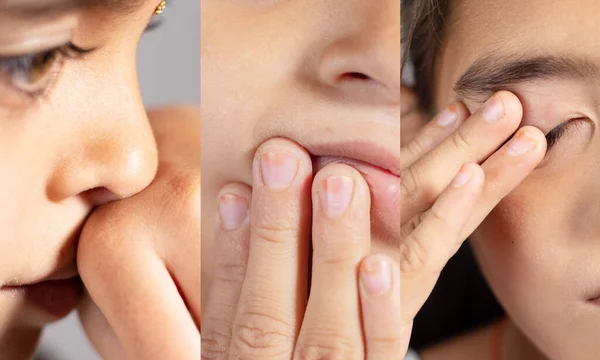 Not glamorous brilliant, but truly beautiful. This is one of my obsessions and I am ready to fight for it.
Not glamorous brilliant, but truly beautiful. This is one of my obsessions and I am ready to fight for it.
If you find an error, please highlight the text and press Ctrl+Enter .
Share
How to fix your favorite glasses in three steps? Tips from an experienced craftsman
Ekaterina Didenko
Training department manager
Two people enter the salon. They approach the reception desk and hesitantly ask: “Do you have a master?”. After an affirmative answer, they expect the cherished specialist to leave the bowels of the workshop, timidly hand him glasses: “Will you save them?”
The foreman inspects the breakdown, answers something and takes the glasses to the workshop. Clients are left to wait in the hall, there are comfortable chairs for them and a comfortable temperature of air-conditioned air. Glasses are in the hands of a specialist, you can relax and sit in gadgets while the master makes a verdict.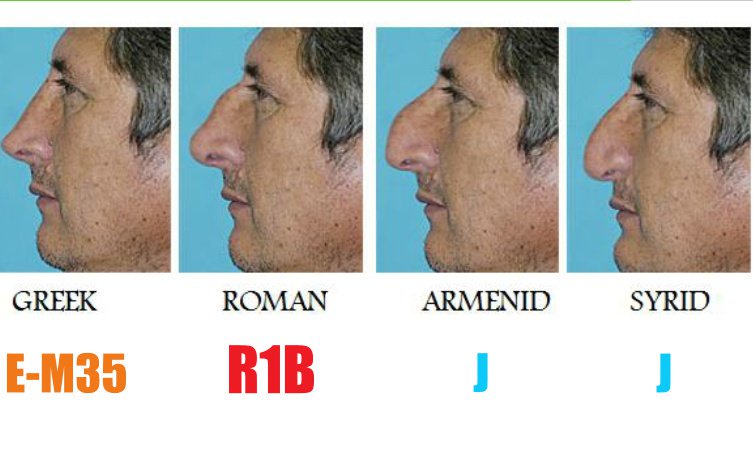 Or return already repaired glasses, if the breakdown is not complicated. This is exactly what the standard procedure at Optic City looks like when applying for eyeglass repair.
Or return already repaired glasses, if the breakdown is not complicated. This is exactly what the standard procedure at Optic City looks like when applying for eyeglass repair.
To figure out what types of breakdowns can be repaired, we asked Roman Chunin, a foreman at the Optic City salon on Tishinka with more than 10 years of experience.
Step one: find a master!
Let’s start with the fact that it will not work to solve the problem in advance, by phone. Glasses must be brought to the master so that he examines them. A broken temple or temple mount, a broken fishing line, a lens falling out – no matter what happens to the glasses, there is only one answer: look for the nearest optical salon with a workshop and run there! Only an experienced master will tell if they can be used in the future.
So, step one: if your glasses break, look for a salon with a workshop, show the glasses to the master!
Step two: find out what’s wrong with the frame.
If the frame is in good condition and suitable for remounting lenses, this will save you money. Therefore, first of all, the master will evaluate the safety of the frame. In addition to the appearance, it must be strong and durable enough to match the lenses that will be installed in it. If the frame is in a suitable condition, proceed to the next step. Options for decisions about the frame depend on the complexity of its damage:
Therefore, first of all, the master will evaluate the safety of the frame. In addition to the appearance, it must be strong and durable enough to match the lenses that will be installed in it. If the frame is in a suitable condition, proceed to the next step. Options for decisions about the frame depend on the complexity of its damage:
- Light version. If it is enough to straighten the frame, change or tighten the screws, clean or replace the nose pads (silicone pads that are adjacent to the bridge of the nose), it will still serve you faithfully.
- A more difficult repair option is soldering. Only metal parts of the frame are subject to soldering. Even if your frame is made of plastic, and the breakage concerns metal hinges, repair is possible. The plastic parts of the frame themselves cannot be soldered. The decision to accept the frame for soldering is made by the master, since there are a lot of nuances and limitations in this type of repair.
- A hopeless option.
 When the frame is in a hopeless state, and neither straightening nor soldering will help, the only solution is to choose a new frame!
When the frame is in a hopeless state, and neither straightening nor soldering will help, the only solution is to choose a new frame!
Life hack: we recommend that you take a closer look at the assortment in the salon while the master “makes a diagnosis”. It is quite possible that you look after something to your liking and decide to change.
So, step two: make an informed decision about the frames.
Step three. Dealing with lenses.
After examining the frame, pay attention to the lenses. There are also several options here:
- If the lenses are in good condition, no replacement is required. You can reinstall them in your own frame after repair or pick up the same one if the glasses were purchased from us. This is also a very economical option.
- If the lenses require replacement, and they were ordered from us, you need to restore information about their design, type, manufacturer, diopters, thickness.
 All information about your orders is stored in the Optic City database. The decision to install the same lenses will save you time for a new vision test and fitting. This is a great option if the prescription is less than 1 year old. If you were at the ophthalmologist more than a year ago, your vision may have changed, it is better to double-check it. Then it will be possible to avoid the problem in which the new glasses are hard to see.
All information about your orders is stored in the Optic City database. The decision to install the same lenses will save you time for a new vision test and fitting. This is a great option if the prescription is less than 1 year old. If you were at the ophthalmologist more than a year ago, your vision may have changed, it is better to double-check it. Then it will be possible to avoid the problem in which the new glasses are hard to see. - If the lenses need to be replaced and the glasses were not purchased from us, restoring information about their parameters will not be easy. A complete eye examination and a new prescription will solve the issue.
Life hack: We recommend to carry out a periodic “Check-Up” for vision once every six months or a year. In Optic City, there are free express examinations as part of dispensary observation.
So, the third step: we confirm the prescription data at the examination by an ophthalmologist.
We’ve covered the basic steps in case your glasses break.
 Any other questions you might have when requesting a repair:
Any other questions you might have when requesting a repair:
Can one lens be replaced if the other is in good condition?
Even if only one lens is damaged, it is better to change both at the same time. Let me explain why: for vision, it is important that the parameters of both spectacle lenses – the refractive index, design, type of coatings – are identical. If the information is stored in our database, then yes, we can simply repeat the order of one lens, and it will match the pair. Otherwise, reinstalling one lens is highly undesirable, yet one manufacturer and one type of lens is the most important thing for comfortable vision.
And another point that plays a role when replacing one lens is the wear of the remaining one. It must be minimal. Those. the remaining lens should be literally like new, without damage. If it is already less transparent than new, then when wearing glasses, severe discomfort can occur, up to double vision.
What if I need glasses urgently?
We have a warehouse of lenses in the salon, so everything depends on the prescription.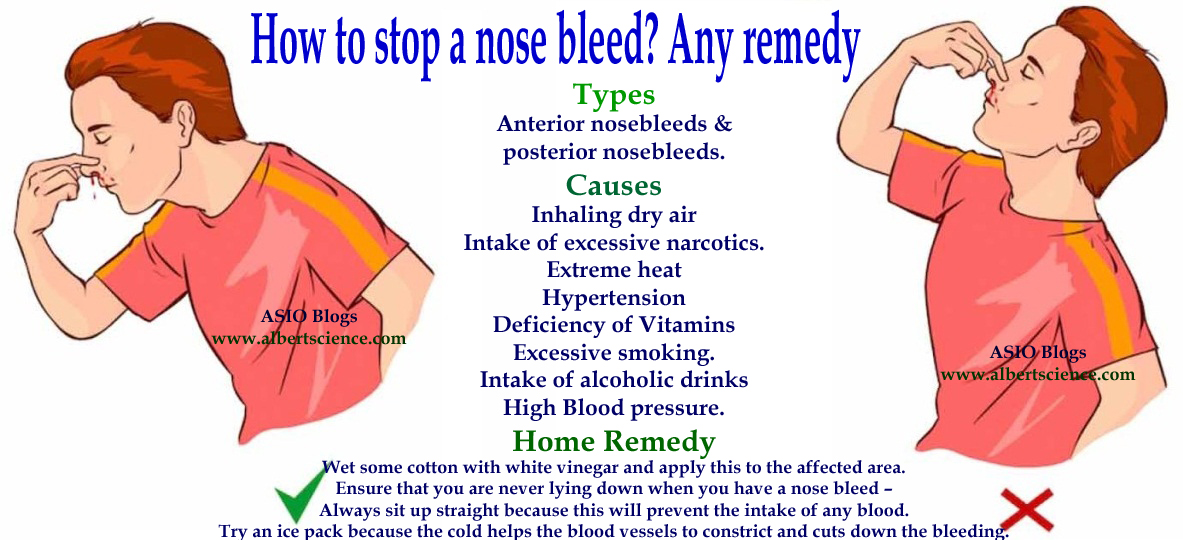 If the recipe is simple, we will make your glasses within an hour.
If the recipe is simple, we will make your glasses within an hour.
If you have astigmatism, you need to wait 3-5 business days for lenses anyway.
When ordering complex progressive lenses, you will have to wait about 3 weeks for your glasses. It’s too long to be completely without glasses. Therefore, we offer our customers to install temporary lenses in the frame, from simple ones that are available in the warehouse of the salon. And you can use your glasses with temporary lenses while you wait for the lenses to be ordered. We will then replace the temporary lenses with permanent ones.
Can lenses be polished if there is a scratch on them?
A lens is an element of an optical system with a strict surface geometry. The geometry provides the necessary optical power of the lens. The optical power of the lens is set at the factory. If the lens is polished, it will lose the specified optical properties. She won’t work. Another point: polishing will erase the coatings on the lenses, which are also applied in the factory in a very thin layer. So the answer is no, you can’t polish lenses to remove scratches. This also applies to sunglasses, of course.
So the answer is no, you can’t polish lenses to remove scratches. This also applies to sunglasses, of course.
Can plastic frames be glued on?
We do not glue plastic frames. And here’s why: during the repair of the frame, the lenses must be removed from it. If you glue the frame and then install the lenses, it will crack again at the glued point. After all, the insertion of lenses into plastic frames is carried out due to the elasticity of the material from which the frame is made. The glued part simply cannot withstand this load.
Can decorative elements be glued on?
Yes, of course, rhinestones and other decorative elements can be glued so that it is completely invisible. Everything is done very carefully, the rhinestones are planted on a special glue that does not leave marks. In case the rhinestone is lost, we always have a stock of standard replacement rhinestones. If they do not fit your glasses, the master can give good advice on how to solve the problem in this case.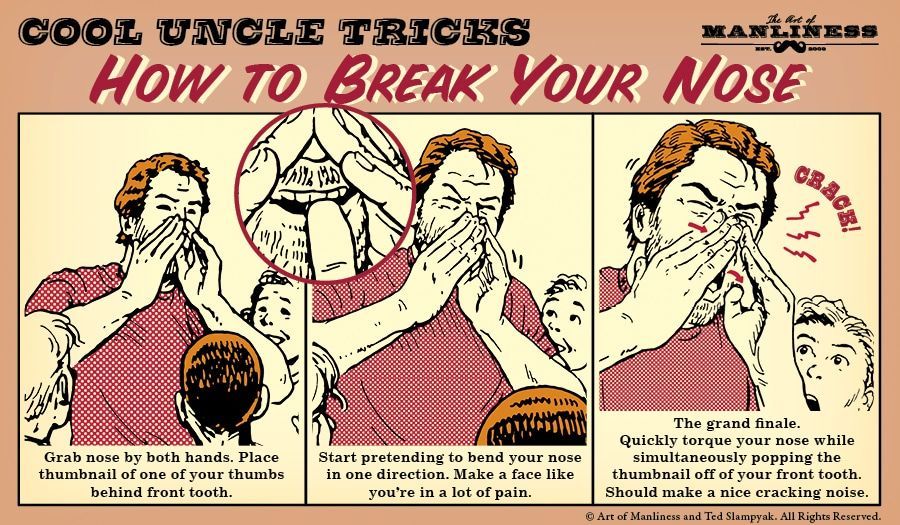



 When the frame is in a hopeless state, and neither straightening nor soldering will help, the only solution is to choose a new frame!
When the frame is in a hopeless state, and neither straightening nor soldering will help, the only solution is to choose a new frame! All information about your orders is stored in the Optic City database. The decision to install the same lenses will save you time for a new vision test and fitting. This is a great option if the prescription is less than 1 year old. If you were at the ophthalmologist more than a year ago, your vision may have changed, it is better to double-check it. Then it will be possible to avoid the problem in which the new glasses are hard to see.
All information about your orders is stored in the Optic City database. The decision to install the same lenses will save you time for a new vision test and fitting. This is a great option if the prescription is less than 1 year old. If you were at the ophthalmologist more than a year ago, your vision may have changed, it is better to double-check it. Then it will be possible to avoid the problem in which the new glasses are hard to see.